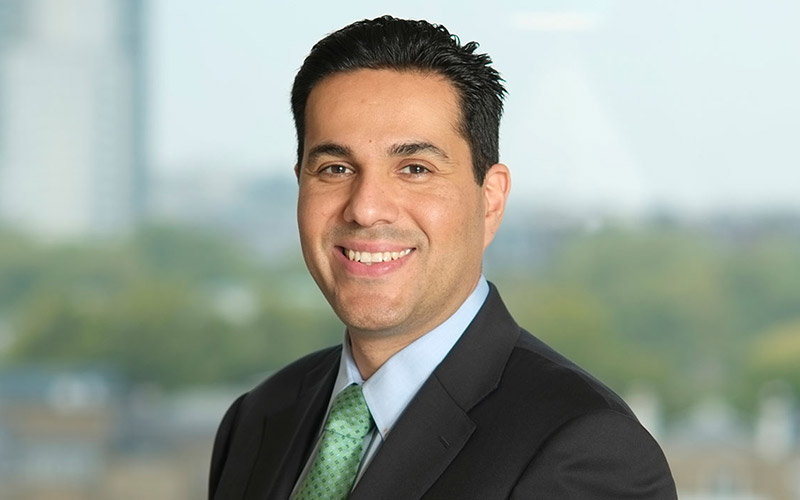
Alejandro Arevalo
Fund Manager, Emerging Markets Debt
With many investors looking to increase their emerging market debt exposure in 2021, Alejandro Arevalo explains why differentiation is vital when investing in such a diverse asset class.
An improving macro backdrop
As the year draws to a close, we are optimistic about the outlook for emerging market debt (EMD) in 2021, and many investors seem to share that view: we’ve now seen 20 consecutive weeks of inflows into the asset class. We expect to see a broader and deeper global recovery following the imminent distribution of effective Covid-19 vaccines, which are particularly important for EM countries who lack the ability to borrow and print money that many developed nations enjoy. Loose monetary policy and strong fiscal stimulus globally should be very supportive for EM and commodity markets.
We also expect a continued downward trend in US dollar strength, with the Federal Reserve (Fed) likely to remain very dovish, further easing conditions for EM borrowers. We anticipate a continued rotation out of the US into EM, where valuations are looking much cheaper and yields are much higher. A Biden administration in the US is also likely to buoy EM sentiment, as we can expect to see a less aggressive and more predictable foreign policy based on a multilateral approach, which should support global trade and cross-border investment flows.
Learning from the ‘original sin’ of the past
The EM macro backdrop looks supportive, too. While there is no doubt that certain emerging markets have been hit particularly hard by the pandemic, other countries have demonstrated remarkable resilience. If history were to repeat itself, one might have expected the pandemic to create a potential debt crisis and sheer panic among investors – instead, despite some bouts of volatility, investor optimism has remained relatively buoyant since March.
We believe this is largely down to two key factors. First, the largest EM economies have learned from the ‘original sin’ of the past, when most of their funding was in US dollars, thereby creating a significant mismatch between assets and liabilities that in some cases pushed countries to restructuring or default. Now, with much deeper local markets, they can fund most of their needs in their respective currencies. Second, we have started to see a notable pick-up in EM economic data, with economic indicators in some areas continuing to surprise on the upside, including China and Latin America, as well as recent progress in several reforms that had been put on hold.
Now’s a good time to increase exposure – but differentiation is key
With US election uncertainty behind us and Covid-19 vaccine rollouts imminent, we believe now is a good time for investors to increase their EMD exposure. Following large outflows earlier in the year, we are already seeing money return to the asset class – and several market surveys show that investors are expecting to increase their EMD allocations in 2021. Though it’s still significantly underrepresented globally, the $23tn asset class is increasingly becoming a core part of investors’ portfolios: with over 90% of the fixed income universe yielding less than 3%, EMD is one of the few places investors can get a decent yield.1 We expect allocations to continue to pick up.
As always, we believe that differentiation is key when investing in a vast, diverse asset class like EMD. By taking a flexible, active approach, we are able to respond to new information as it becomes available and to take advantage of indiscriminate sell-offs when they arise, while also managing drawdowns. We can of course expect some market volatility in the short term, but we believe that the macro backdrop looks supportive, and our fundamentals-focused research should help us to identify both corporate and sovereign names with strong longer-term potential.
1 Source: JP Morgan Global Aggregate Bond Index as of August 2020


